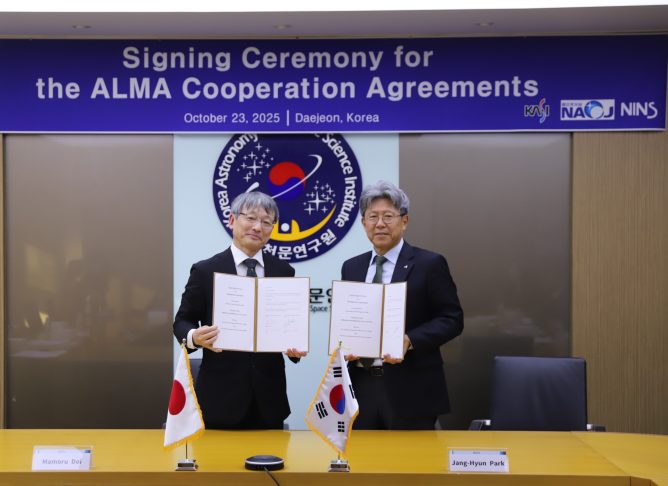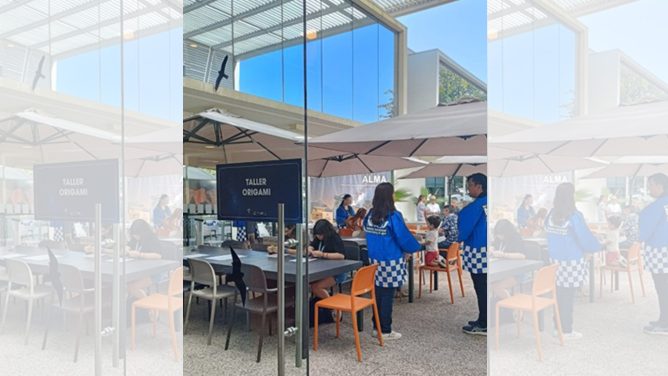The East ALMA Development program has held an important milestone in the last month of 2019, in collaboration with our East Asian ALMA partners. The Critical Design and Manufacturing Review (CDMR) of the new GPU spectrometer for the ALMA Morita Array was held in Korea on December 4-5. This marked a new milestone in technology development undertaken by East Asian ALMA that makes important contributions to enhancing the performance of ALMA.
The Morita Array, also known as the Atacama Compact Array (ACA), consists of four 12-m antennas which work as single dish telescopes and twelve 7-m antennas operated as an interferometer. Now, the signals collected by all ACA antennas are processed by the ACA correlator. The present ACA Correlator is, however, optimized to process signals from twelve 7-m antennas as an interferometer, the signal processing system is not optimized for four 12-m antennas as a single-dish telescope. The newly developed spectrometer for the Morita Array is designed to process exclusively the data sent from the four 12-m antennas. With this development, signals from the 7-m antennas will be continuously processed by the ACA Correlator, while signals from the 12-m antennas will be separately processed by the new spectrometer, which makes it possible to maximize the capability of the Morita Array, especially in measuring the radio intensity very accurately. The development of the new spectrometer is being carried out in collaboration of the Korea Astronomy and Space Science Institute (KASI) and NAOJ.
The review committee of the CDMR, comprised of international specialists, checked the design and production process of the spectrometer; especially whether it can deliver the required performance at a 5000-m altitude in the Chilean highlands.
“The close collaboration between KASI and NAOJ enables us to successfully achieve another important milestone, CDMR.” says Jongsoo Kim at KASI, the principal investigator of the ACA spectrometer project. He also added that “We will continue our effort to develop a future instrumentation based on GPU technology.”










